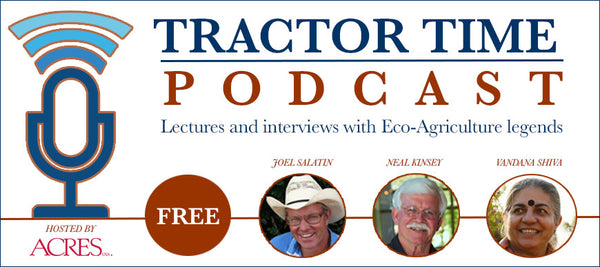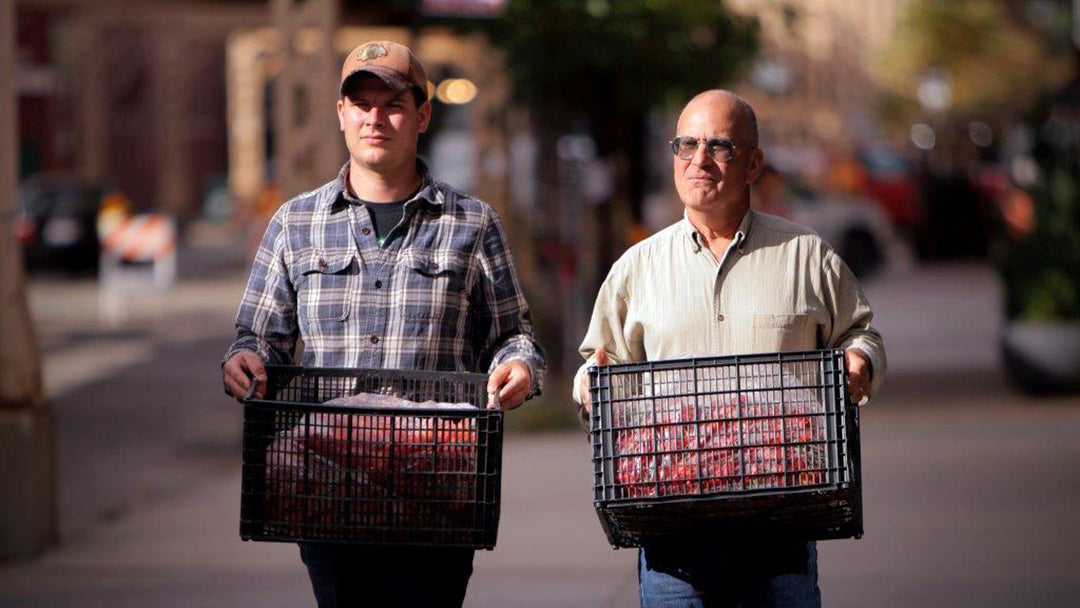
May 2016 Issue PDF
The Acres U.S.A. May 2016 issue; Vol. 46, No. 5; contains the following:
FEATURES
Principles of Permanent Agriculture
by Jeff Poppen
Long Hungry Creek Farm has been producing 100,000 pounds of produce annually for 25 years by embracing time tested permaculture practices.
Permaculture in the City
by Joshua Burman Thayer
The myriad benefits of permaculture extend beyond farm fields to urban gardens, producing gains beyond sustainable harvests.
What is Humus & How is it Formed?
by Erhard Hennig
Author Erhard Hennig asserts that humus cannot be regarded as substance, but rather as a process, a formation, built from a multitude of constantly changing factors.
Powered by Microbials
by Nancy Matsumoto
For Konohana Family, an intentional community in Japan centered on agriculture, fermentation is key for providing soil-boosting fertility and enhancing animal and human health.
Keyline Pattern Cultivation
by Shawn Jadrnicek
Taking advantage of water’s natural tendency to flow downhill, keyline pattern cultivation harvests rainwater and aids in building rich, fertile topsoil.
Upholding Pure Integrity
by Jeffery Goss, Jr.
With many new sustainable farming certifications cropping up, a new program has been established to verify a producer’s claim of being natural or organic, rather than being a true certifier.
Make Way for the New Agrarians
by Dean Spader
With farmland access continuing to be a major hurdle to new farmers getting a foothold, one young couple is thriving as the cornerstone in a system of cooperative businesses in southwest Virginia.
Windbreak Maintenance and Renovation
by Dorothy Reike
Have you evaluated your windbreaks lately? Windbreaks require periodic maintenance in order to retain maximum effectiveness. Maintenance includes weeding, pruning, thinning, fertilization and watering.
Interview: Eric Toensmeier
Real-World Solutions
Researcher, author Eric Toensmeier explores practical, effective carbon farming strategies.
My Farmer, My Customer
New! Learn from Marty Travis's experiences converting the Spence Farm into one of the most successful farming co-ops in the United States today.

